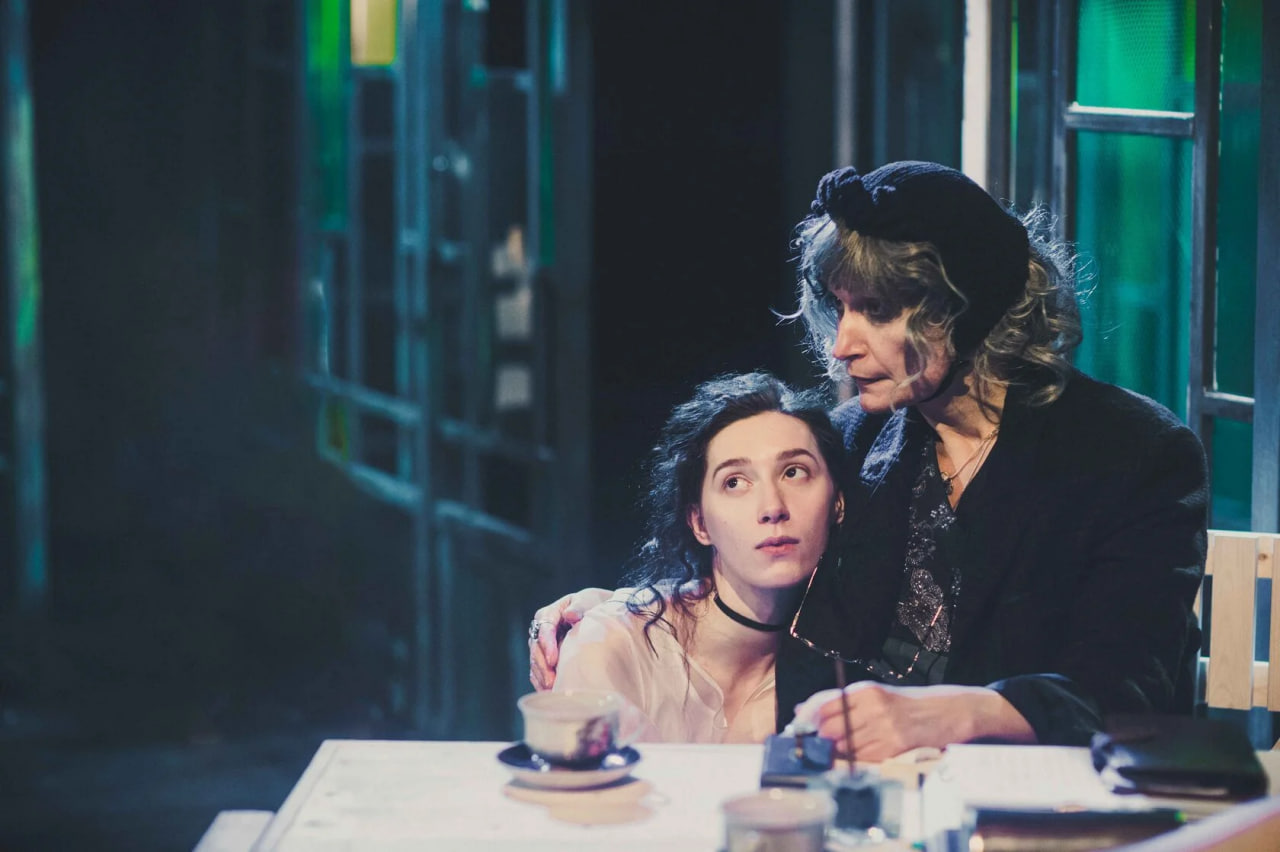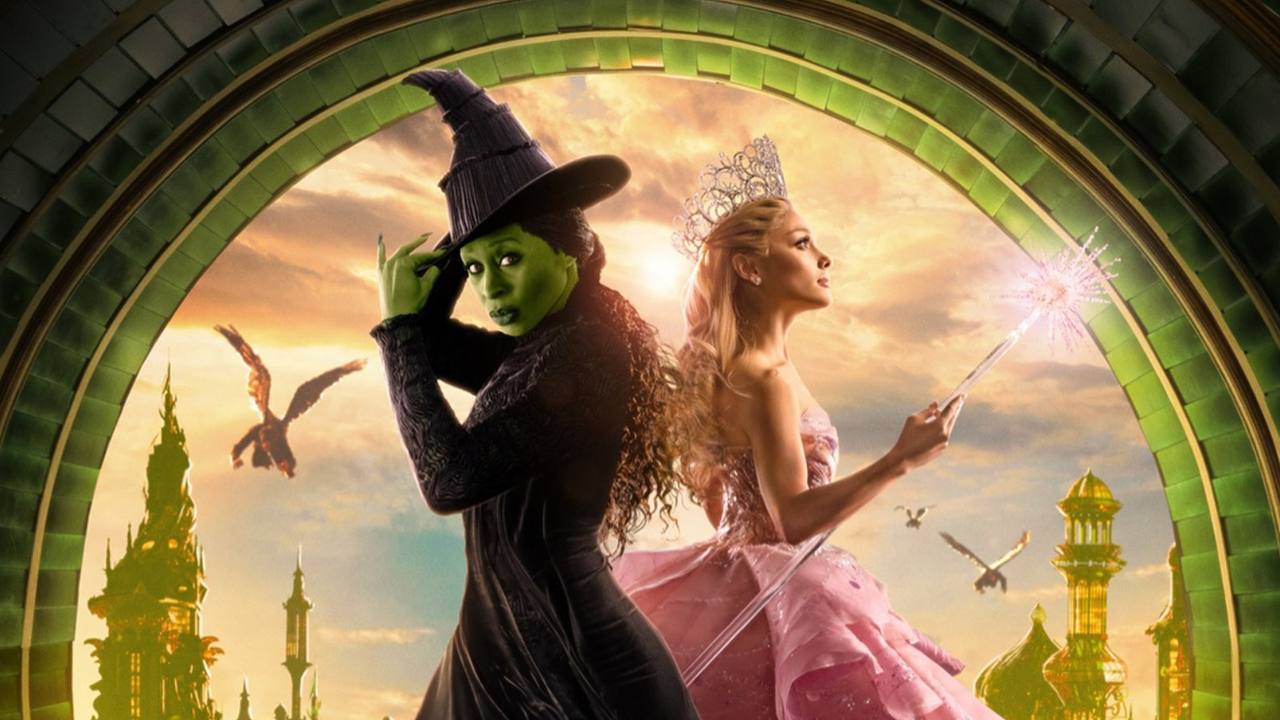One of the leading names when it comes to studying the contemporary history of Spain is Ian Gibson. The Hispanic Irish historian, amazed by Spanish culture from a young age, was one of the pioneers in addressing historical memory when this term did not even exist, with his book ‘The Nationalist Repression of Granada in 1936 and the Death of Federico García Lorca’, published in Paris in 1971 and banned in a Spain still governed by Franco. Known for his extensive work as a biographer and historian, he has approached key figures of contemporary Spain such as the aforementioned Lorca, Salvador Dalí, Antonio Machado and Luis Buñuel, among others.

With an unfinished trilogy of documentaries about Lorca and Dalí, Gibson had to complete it with a film about Buñuel. In a way, the historian makes up for it with ‘Where does memory end’, a documentary directed by Pablo Romero-Frescoshown in the special screenings of the 67th edition of Seminci de Valladolid and which seeks to pay tribute to the life and work of the Hispanist.
Although the tape is intended to be a tour of Gibson’s work and how he carried out his early investigations into Lorca and other reprisals from Franco’s dictatorship; the truth is it is more like a work on Buñuel than Gibson. Perhaps due to his reluctance to be the protagonist of a biographical documentary and his desire to close that trilogy, the film slips into a sort of reinterpretation of Las Hurdes, that region that the director of ‘The discreet charm of the bourgeoisie’ portrayed in ‘Land without bread’, his famous documentary short made in 1932, ten years after King Alfonso XIII’s visit to the region; released a year later and considered one of the best exponents of his cinema, even ahead of ‘Un perro andaluz’, according to the experts involved in this film.

A correct informative and pedagogical exercise
And in that dichotomy that the film itself has where the tape falters. However, as a documentary and journalistic exercise it is correct, as it manages to lead Gibson’s inquisitive spirit to find the truth, with a direct criticism of the lack of political motivation when it comes to finding and digging up the dead of the Republican side during the civil war. The tape too take the opportunity to show Gibson’s intellectual friends who share their impressions of his work, such as historians Román Gubern and Paul Hammond; the writer José Luis Puerto or the documentary maker Mike Dibb, author of Gibson’s two audiovisual projects on Lorca and Dalí.

There are not only experts on Gibson’s work, the film contains statements by Carlos Saura himself, which accompanies the historian in this retrospective on Buñuel, a director Saura admires. There is also a certain social aspect to show how Las Hurdes is today, with a certain pretension to empty Spain, with the angel fatherthe only friar who lives in the Shrine of Peña de Francia among those present.
Romero-Fresco makes his debut as a feature-length documentary director with a film that earns more for its popular and educational work than for its cinematic value. From this perspective, “Where does the memory end” serves as an informational exercise about the importance of historical memory and how it is not lost, despite the fact that the protagonists of the events (and their most direct descendants) are no longer alive. With this approach, the tape is beyond reproach.
Note: 6
The best: His informative and pedagogical work on Gibson’s work.
Worse: In reality, Gibson is not fully known, nor is that how he worked on his earlier works, since he focuses too much on the historian’s retrospective of Buñuel.
Source: E Cartelera
Bernice Bonaparte is an author and entertainment journalist who writes for The Fashion Vibes. With a passion for pop culture and a talent for staying up-to-date on the latest entertainment news, Bernice has become a trusted source for information on the entertainment industry.




